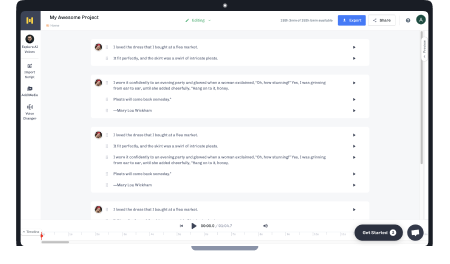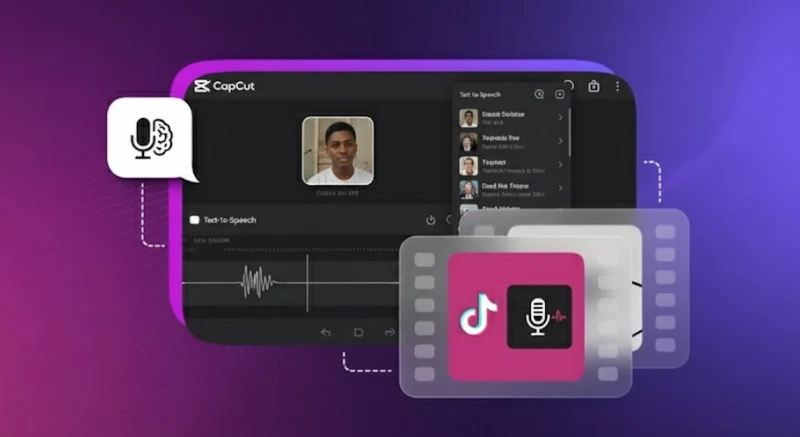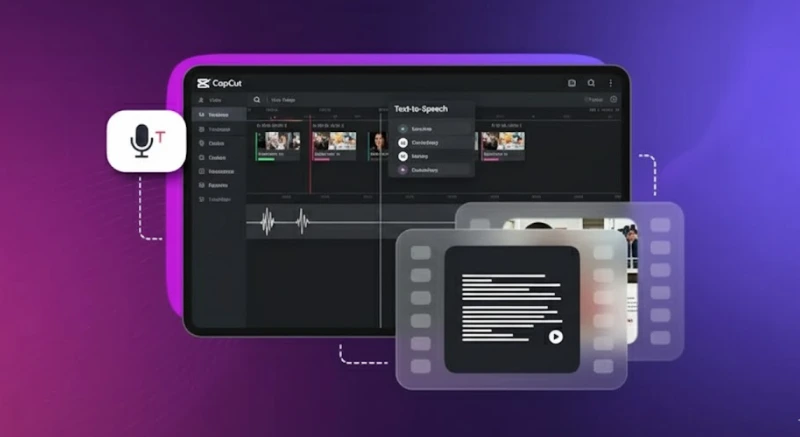How to Do an Australian Accent: A Step-by-Step Guide

How ya goin? Looking for a guide that would help you sound like you’re from the ‘Land Down Under’? We’ve compiled this article to discuss about the ‘Straya accent, what are some tips, key pronunciation techniques and practices of how Aussies speak, and how you can learn to do an Australian accent.
Let’s get crackin’ mate!
Introduction to the Australian Accent

Wanna suss out the Aussie accent? No worries, mate!
The Australian accent is quite unique and distinctive. One of the most easily recognizable accents in the world, the Australian accent embodies a sense of relaxed intonations, strong-sounding vowels, and a colorful variety of slang. You would have noticed that the nature of the accent sounds very easy-going and casual, similar to how Australians are.
The Australian accent can be classified into three: Broad, General and Cultivated.
The broad accent is the most stereotypical accent commonly used in the working class. The General is the most common Aussie accent, commonly used in the suburban to urban parts of the country. The Cultivated accent has been adopted from British English and has more enunciations, a clearer tone and is often used by the prestigious and upper-class Australian population. Also, don’t forget the slang!
In this guide, we will look at what are the key features of an Australian accent, how to practice this, the common mistakes to avoid and the best AI tools to generate and mimic the Australian accent.
Learning the Australian Accent
Let’s take a look at a few methods of sharpening your Australian accent.
Pronunciation Techniques
- The Australian accent has elongated diphthongs, and the broader the accent, the more recognizable they are. For example, the word ‘fight’, would be pronounced as ‘foight’, despite not having two consecutive vowels.
- Similarly, elongated vowel sounds are quite common. For example, the word ‘stain’ may be pronounced as ‘stay-een’.
- Other common occurrences in this accent include dropping certain letters in a word. For example: ‘Glitching’ would become ‘glitchin’. Other instances include adding an extended ‘r’ sound to certain words.
Listening and Mimicking Native Speakers
To learn the Aussie native accent, there is nothing better than doing a round of active listening. Watching media that comes out of Australia plays a big role, where you can mimic the speaker and focus on the vowel shifts, the expressionism and the slang. Here are more tips that could help you with the grasp of the English language in an Australian accent.
Practice Exercises and Tools
The best way to practice the Australian accent is through mimicry. There are certain ways you can improve your pronunciation:
- Watch Aussie TV shows, movies and videos.
- Podcasts and Radio Shows, Fun-tertainment content
- Shadow-mimicking clips
- Accent-coach apps (such as Eloquence and Forvo)
- AI accent generators like Murf AI
With Murf AI, you can generate a range of content in the Australian accent. The Murf Studio has 6 different accents ranging in all genders and age groups. By generating your content with these voices and repeating after them, you can mimic a native speaker.

Key Characteristics of the Australian Accent
- The vowel sounds are quite distinguishable. The most common being the letter ‘i’ is pronounced as ‘oi’. Sometimes the letter ‘a’ also is pronounced ‘eh’.
- The intonation of an Australian accent is relaxed and easy-going. There aren’t very high toned phrases used. However, you may notice that the tone rises towards the end of a sentence, which may sound like a question. The Australian accent also has a sarcastic tone at times, especially in a casual setting. For example: You may end sentences with 'you reckon?'.
- Slangs are extremely important to consider. Colloquial words are often used in the accent, followed by words that are often shorted out. For example, Barbeque becomes ‘barbie’. Avocado becomes ‘Avo’, a service station is referred to as a 'servo'. You may also find a range of vocabulary that is puzzling - For example, a Speedo is called a ‘Budgy Smuggler’ in Australia.
Common Mistakes to Avoid While Learning Australian Accent
Stereotyping is a common error that is caused when speaking in an Australian accent. The overdoing of ‘Oi, Mate’ could be irritable to a native Aussie speaker.
Over-exaggerating the ‘r’ sound, or making it sound more British is also something to avoid. Since the tone is quite relaxed, speakers should adhere to native accents rather than blending and merging words together. Shortening of words that need not be shortened is also a common mistake to avoid.
A great solution for this would be to generate every-day use words on Murf AI, adding the Australian accent to it - and then mimic the same to perfect your accent. Works every time! Even if it's just for a bit of fun, playing tricks on your friends, or talking to a person who's a native speaker.
Murf AI: Your Perfect Australian Accent Generator

Whether you are practicing the Australian accent for an audition, to create localized podcasts or even master the language as a linguist, Murf AI is a great tool. With six different voices available in all genders and age groups, generate any content in an Australian English accent with just a few clicks. If you are just looking for a tool to generate content for YouTube videos, tutorials, educational videos, business presentations and any localized content - Murf AI stands out.
















